
HIT THE TONE!
“If your bass doesn’t sound funky it’s because you don’t want it to”
But I’ve been trying all my life
Well, that’s a saying. It’s obvious that the most important thing, the magic, is in your fingers: if you don’t master the funk techniques (mainly slap, the technique that produces the characteristic percussive sound of the genre, basically hitting the strings against the neck of the instrument), you can forget about sounding like Bootsy Collins. Well, that said, there are some tricks that can make you sound like someone who, at the very least, knows who Bootsy Collins is. In this article you’ll find an overview of the elements you need to keep in mind when orienting your sound to funk: the bass itself, the effects pedals, the amp heads, the screens and that eternal question that affects not only the bass in funk, but the bass in all genres: Which is better, playing DI or mic’ing the amp?
What is that hideous thing hanging from your shoulders?
No cutting corners: when it comes to getting a powerful, defined sound (any sound other than a punk or garage sound), every penny you spend translates into a substantial improvement in the final product. Having this clear, the rest will be much easier. The first one worth spending a few minutes on is the Fender Jazz Bass, considered one of the most versatile basses in the world, if not the most. The proof? You’ll see top musicians of any style you can imagine with a Jazz Bass on their shoulders. Don’t forget about the Squier version of the model, as always, much cheaper yet offering a number of similar features.
- Fender American Pro Jazz Bass
- Fender SQ CV 60s Jazz Bass
Other basses that can be very juicy when playing the funk sound are the Cort B4 Plus or the Sterling by Music Man S.U.B. Sting Ray. The Marcus Miller brand deserves a special mention and a conscientious study of its catalogue, if you seriously want to play funk.
- Cort B4 Plus AS Natural
- Sterling by Music Man S.U.B. Sting Ray 5
- Marcus Miller V7 Swamp Ash-5
In any case you must bear in mind that your bass is versatile (funk is a genre that usually envelops -or is enveloped by- other sub-genres of Afro-American music, such as soul, blues or jazz) and that the neck is robust enough so that, when playing with the slap technique (when striking the strings against the wood), it generates the sound we are looking for.
So I’m basically Bootsy by now, right?
No, nooooo, we’re just getting started. Patience. Let’s move on to one of the most important elements of playing funk with the slap technique: Envelope Controlled Filters. Some people consider them directly as “funk machines” or “wah machines” and with good reason. This sound alteration system was created in the middle of the last century, and is defined through four parameters: attack, decay, sustain and release. It must be said is that the intensity of the effect is controlled almost entirely by you. A sweep filter is controlled through the volume and dynamics of the signal. When playing a string, the attack raises the level, very quickly, to its peak, higher with respect to what comes next. The decay causes a descent to a normal level and a subsequent vibration of the note -the sustain– in its natural tone. Then the note fades away and this event is called the release. And now, without further ado, the beasts themselves:
The MXR M 82 Bass is a fully analog envelope controlled filter. Many bassists consider it the best. They emphasize its great adaptation to your sensitivity when playing (it allows to regulate it), its robustness and resistance and its great versatility when generating different shades of sound.
You are currently viewing a placeholder content from YouTube. To access the actual content, click the button below. Please note that doing so will share data with third-party providers.
The Aguilar Filter Twin uses two equal filters that sweep in opposite directions: one raises the frequencies and the other lowers them. This generates the classic contrast that we associate with funk. Its ease of use makes it a widely popular pedal, given its transparency, intuitiveness and the quality of the results obtained.
Two other filters widely recognized by the robustness of its sound and the wide range of resources with which it allows to play are the Electro Harmonix Nano Bassballs and the Mooer Bass Sweeper, considered by many bassists as first cousins.
Boss pedals deserve a special mention. Specifically, when talking about how to generate a funk sound, three are obvious: SYB-5, GEB-7 and LMB-3. In the case of the former, we are talking about a synthesizer that, although it requires a great learning curve, will give your bass textures that you will find difficult to get with any other pedal. In terms of funk textures, details can make a big difference. The GEB-7 is an equalizer that, in this case, will help us to change from one genre to another without batting an eye, something that, as we have mentioned before, is practically inevitable in funk. The LMB-3, on the other hand, will give your sound a very detailed groove, by eliminating the discordant volume peaks.
Okay, do I just need a good bass and a filter pedal?
Well, those two elements make for a good base for slap technique but maybe it’s still not enough. It’s time to talk about amp heads. When it’s time to amplify the action that happens under your fingers the use of “clean” amplifiers is usually recommended. Two of the options that quickly come to mind are the Ampeg SVT-3PRO, and its big brother, the SVT-4. We are talking about hybrid heads with pre-valves. Ampeg is considered by many bassists as the brand that offers the best combination of power, performance and flexibility within its market range. They are often recommended for playing hard-rock and funk mainly because its main value is pure power. No more needs to be said. Another Ampeg that deserves our attention is the V-4B, in this case, a head that works completely with valves and that stands out eminently for the quality and purity of its sound.
Another magnificent option is the Aguilar Tone Hammer 500, a model often chosen by institutions such as George Porter Jr. or Paul Turner (Jamiroquai‘s bassist). Evidently, we are talking about a head that has the genuine Aguilar sound: deep bass, mids rich in nuances and trebles tremendously sweet and soft.
This price range, between €500 and €1,000, offers other equally interesting options. We highlight three. The first is the Markbass Big Bang. The Markbass Big Bang is often highlighted for the large number of features it offers despite being so small. Four band equalization, effects loop and direct output to the table with control level and EQ switch -in addition to auxiliary input, headphone output with control and pedal control of the VLE and VPF filters, something very demanded by bassists, are some of its features. The same thing happens with the TC Electronic RH750, a small but very powerful head, its 750 w and its Bass Amp 2.0 option are, surely, its best features. The third option in this price range would be the Fender Bassman 500 Head, a hybrid head (2 12AX7 tubes in the preamplifier) of 500 w to 4 Ohms that stands out for the power and warmth of its sound.
We finish this amp head section with two somewhat more expensive options, but which are tremendously worth it. The first is the fruit of the 30th anniversary of the manufacturer EBS, and is the EBS HD-360 30st Anniversary Ed. The head has the same features as the standard HD-360 except for a different design and the possibility of selecting features of the EBS-350 in the preamp. It also has a built-in compressor/limiter, a four-band equalizer and a balanced XLR output. Its power is 360 w RMS at 2 ohms.
The second is the tc electronic Blacksmith, a 1,600 w amp admired for its precise tone control through semi-parametric four-band EQ. Other features that make the Blacksmith a real gem are the TubeTone emulation, which allows you to generate any kind of texture in your sound, and the SpectraComp control, which provides a very subtle multi-band compression.
You are currently viewing a placeholder content from YouTube. To access the actual content, click the button below. Please note that doing so will share data with third-party providers.
All right, now I’m ready, aren’t I?
Stop and think: What are you going to do with a head if you have no cabinet? Well, not much, frankly, especially if you want to play live. So, let’s talk about cabs. As we said before, once we’ve mastered the pedals, we need a head and a cab that provides, mainly, power and contrast. It is important that there is a balance between these two parameters: a combination that shakes the foundations of any stadium but delivers a sound flatter than a highway is of no use to us…
Both the Markbass Standard 104HF-4 Ohm, the Glockenklang Take Five Neo , the tc
electronic RS210 or the tc electronic RS410 are cabs which, within their own different characteristics, offer what we were aiming for: Sound quality.
The eternal question: DI or mic’ing?
It’s the eternal question, yes. Let’s see. There are those who say that DI (Direct Input or Direct Injection) method, or using DI boxes, is vital for the bass signal to come out absolutely clean, without being modified by any element. The function of the box is, in fact, to transform an unbalanced input signal into a balanced output signal. People who swear by mic’ing a bass amp argue that the signal obtained with the DI is quite sterile and impoverishes the sound. With the constant development of a wide range of bass heads, more and more people prefer mic’ing to DI. At the time of recording there is a third, widely used, option: Record both the DI signal and the mic’ed amp and then mix to your liking. In this case, we must take into account the phase relationship of the two signals. Normally, the microphone signal arrives milliseconds later, which creates an offset that affects the overlapping signal. Again, there is no magic formula. It’s a matter of testing and adjusting until you reach the sound that you imagined.
- BSS AR133
- MXR M80 Bass DI Plus
Conclusion
We said it at the beginning: the most important thing is in your fingers. That is the first commandment, not only when playing the bass, but any instrument. If you don’t know how to slap, don’t use filters, effects, heads and cabs: practice until you get calluses on your fingers. We would like to offer you a shortcut, but…it doesn’t exist. Once you’ve overcome that step, the rest comes naturally. As you’ve seen, there are plenty of tricks that will make it easier for you to get a certain sound (these are just some of the options, by the way, we don’t have the universal truth). After all, we’re talking about generating a very concrete sound, so, careful, this will take time. The good part is that it’s all up to you. It’s up to you to make your bass sound so funky that anyone listening can’t sit still!
2 comments
Leave a Reply
You are currently viewing a placeholder content from Facebook. To access the actual content, click the button below. Please note that doing so will share data with third-party providers.
More InformationYou are currently viewing a placeholder content from Instagram. To access the actual content, click the button below. Please note that doing so will share data with third-party providers.
More InformationYou are currently viewing a placeholder content from X. To access the actual content, click the button below. Please note that doing so will share data with third-party providers.
More Information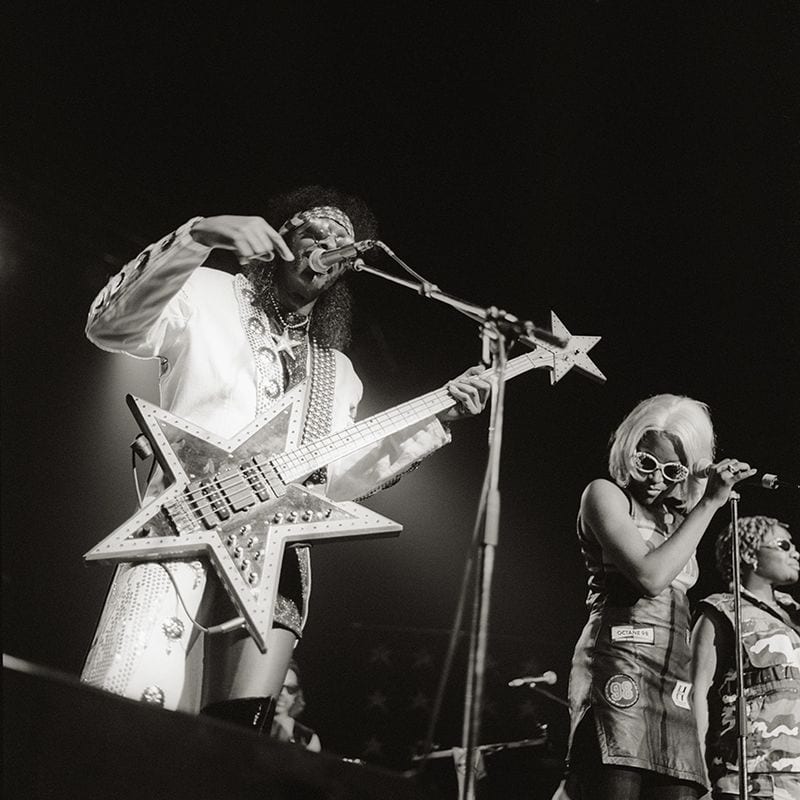

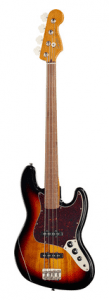







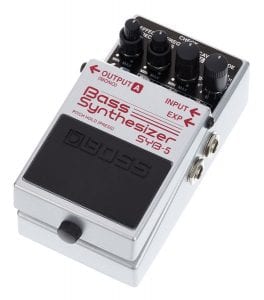
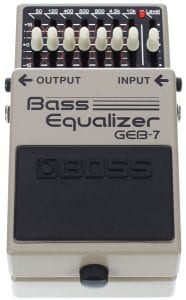
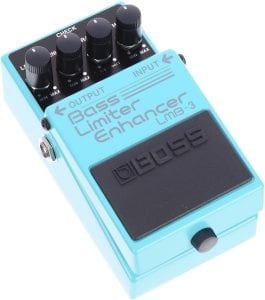
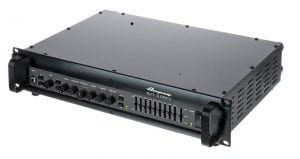
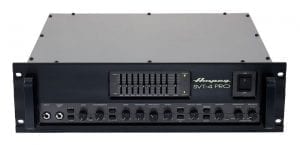
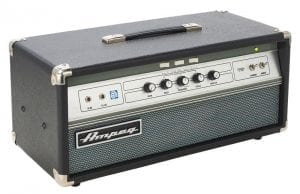

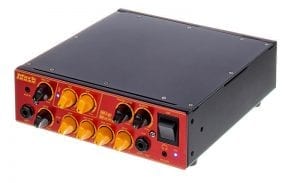


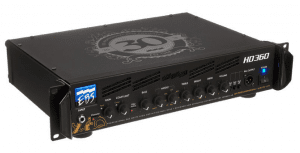
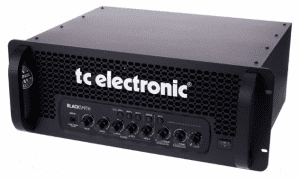

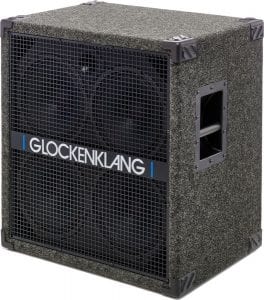
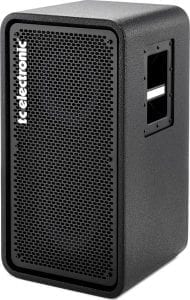
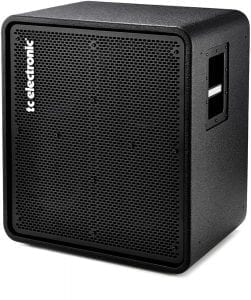
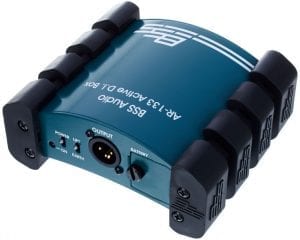
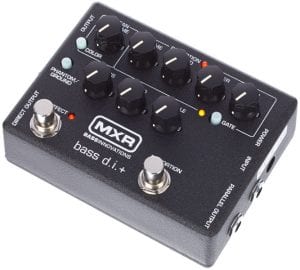
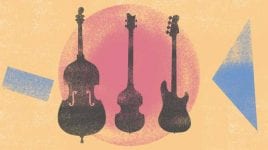


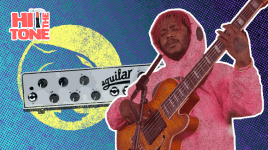

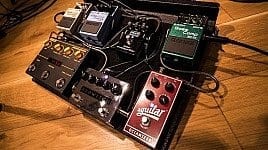
Peter Brierton says:
Excellent piece! It certainly points you in the right direction and makes you prioritise your technique BEFORE you open your wallet
Joe says:
Hi Peter, definitely, it’s worth the time and effort. Then that shiny new bass will sing in all its glory. Best, //Joe